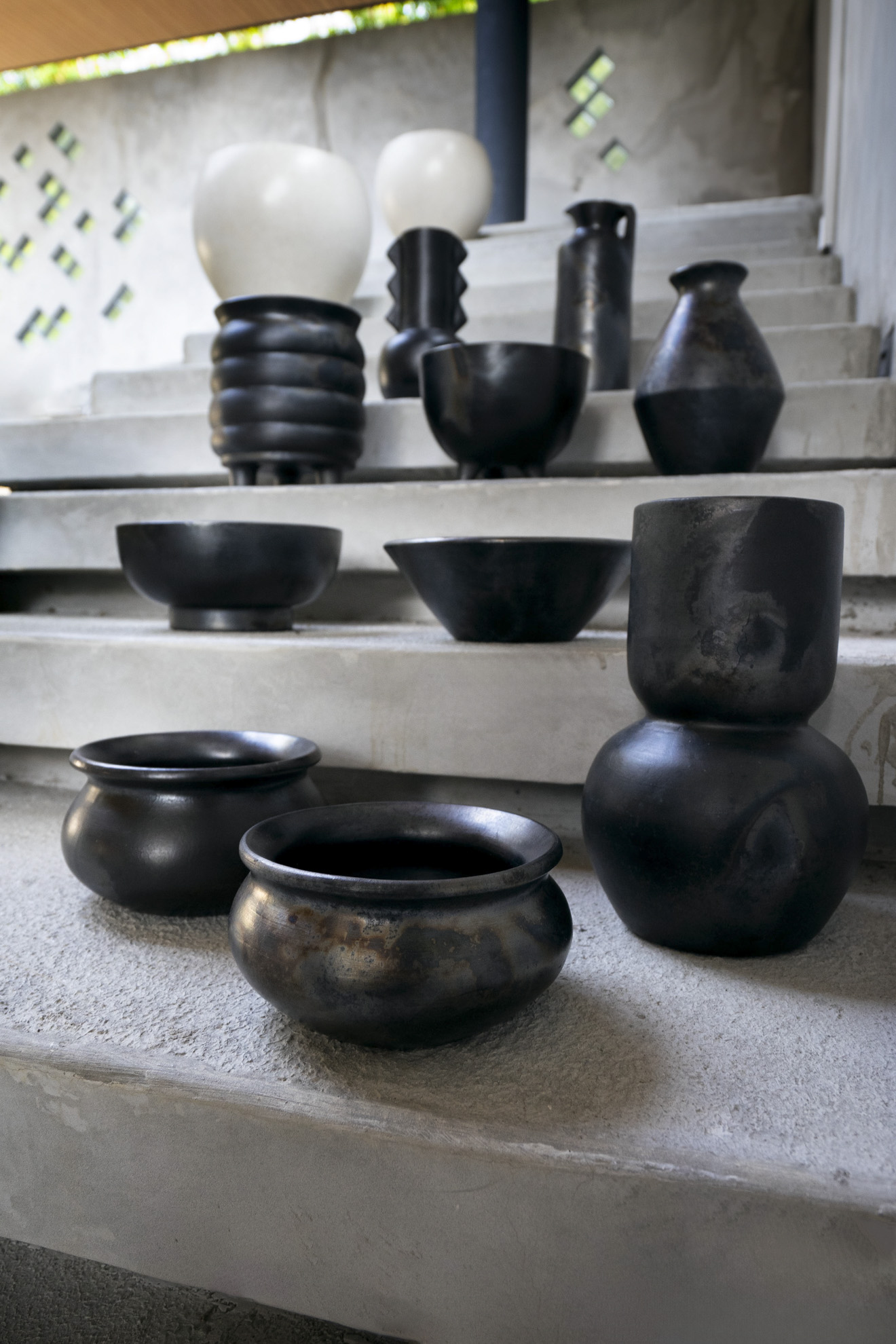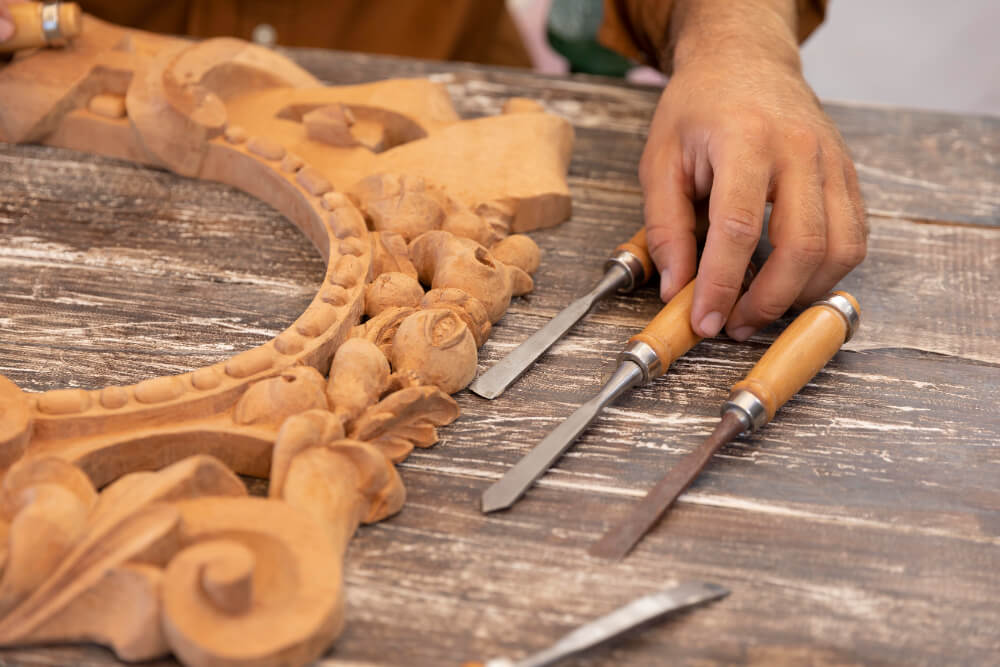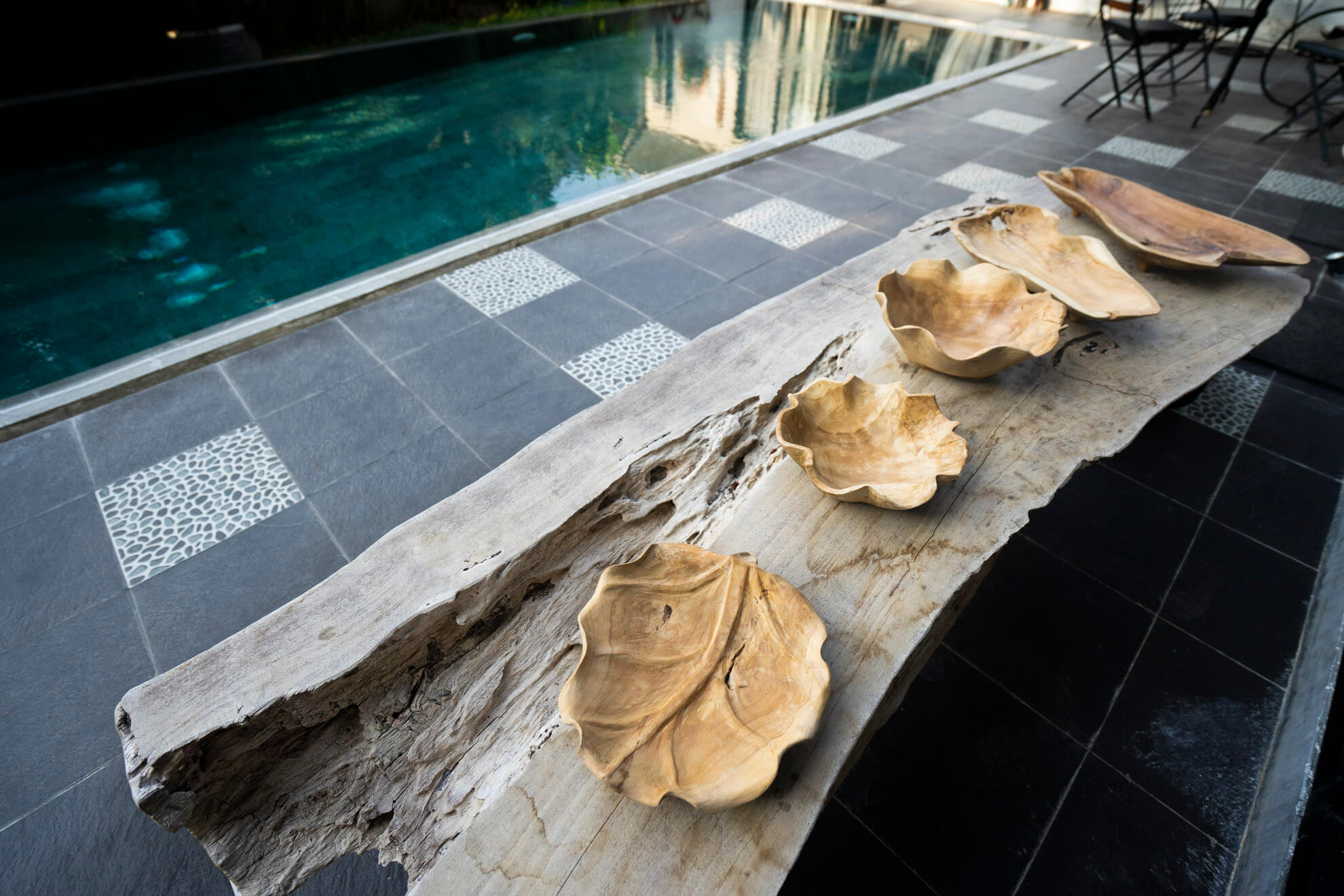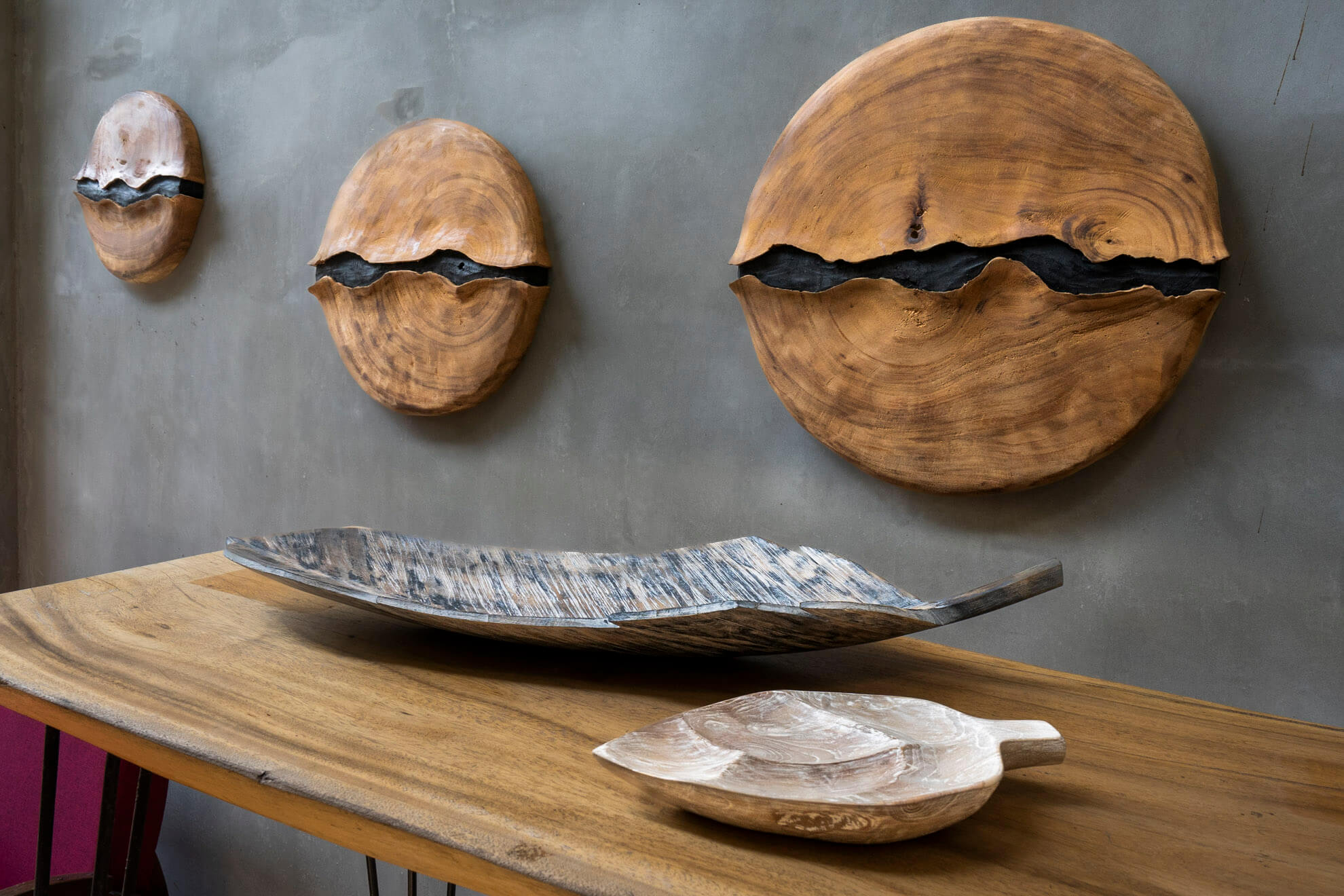Terracotta decorative crafts, known for their uniqueness and high aesthetic value, are increasingly in demand in the global market. Terracotta products, such as statues, garden lights, and reliefs, are not only appealing to domestic markets but have also made their way into international markets, including countries in Europe and Australia. This growth in demand highlights the incredible global appeal of Indonesian terracotta crafts.
The Uniqueness and Aesthetic Value of Terracotta Products
One of the primary reasons behind the rising demand for terracotta crafts is their exceptional aesthetic appeal. Each piece, typically in the form of statues or decorative elements, showcases extraordinary craftsmanship. Made from clay and fired with traditional techniques, these crafts have distinctive textures and colors, making them a top choice for consumers seeking unique home decor. The combination of traditional and modern designs further enhances the charm of terracotta products.
Expanding Export Market for Indonesian Terracotta Crafts
Indonesia, especially the village of Pejaten in Bali, is renowned as a hub for terracotta crafts with international acclaim. Terracotta products from Bali have successfully penetrated global markets, with significant demand from countries like Germany, Sweden, and Australia. This success demonstrates that Indonesian terracotta is competitive in the global market, showcasing an appreciation for the rich cultural and artistic value embedded in these handmade creations.
For Eksotikart, based in Yogyakarta, terracotta remains a sought-after product, with several major buyers from both local and international markets. Eksotikart produces unique fired terracotta, crafted by skilled artisans in Central Java. “We continue to develop new designs to ensure our terracotta products remain in demand in international markets,” said Eksotikart representatives. This approach ensures Eksotikart maintains innovation while meeting the needs of a growing global market for Indonesian terracotta.
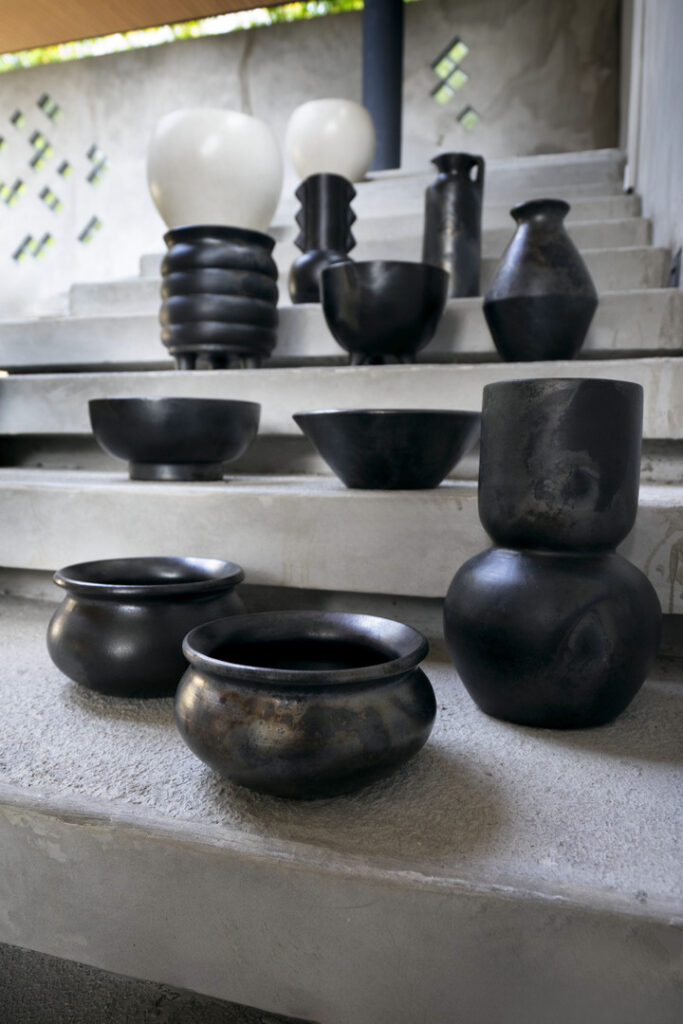
Preserving Traditional Craftsmanship
In addition to appealing designs, terracotta crafts hold significant cultural value. The traditional techniques used to create these pieces, passed down through generations of Indonesian artisans, continue to be maintained despite evolving trends. While artisans now incorporate modern designs to cater to market preferences, they still uphold traditional methods in the crafting process. This balance not only preserves Indonesia’s rich cultural heritage but also creates products that hold greater value for global consumers who appreciate high-quality handmade goods.
Eksotikart, for instance, integrates both traditional craftsmanship and modern design innovation. This approach not only helps preserve authentic terracotta-making techniques but also allows the company to keep up with the evolving demands of global markets, ensuring their products remain relevant.
The Future of Indonesian Terracotta Crafts
With the growing demand for terracotta crafts in global markets, Indonesian artisans have ample opportunity to expand their reach. The success of Indonesian terracotta in international markets proves that these products are competitive and highly sought after. By maintaining quality, continuously innovating in design, and preserving traditional crafting methods, Indonesian terracotta crafts can continue to thrive and gain broader recognition in the global market.
Indonesian terracotta is more than just a decorative item; it symbolizes the rich and evolving cultural heritage of the nation. As global demand for these crafts increases, companies like Eksotikart will continue to make significant contributions to the global craft industry.

